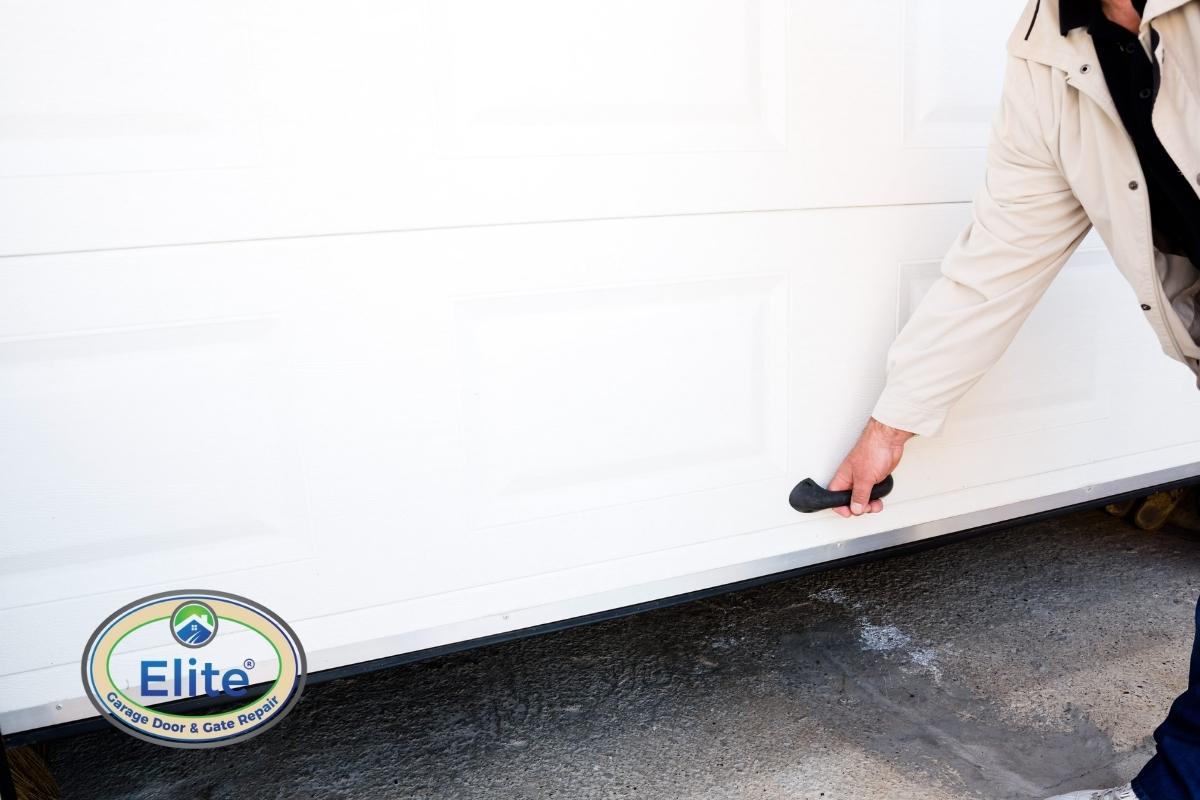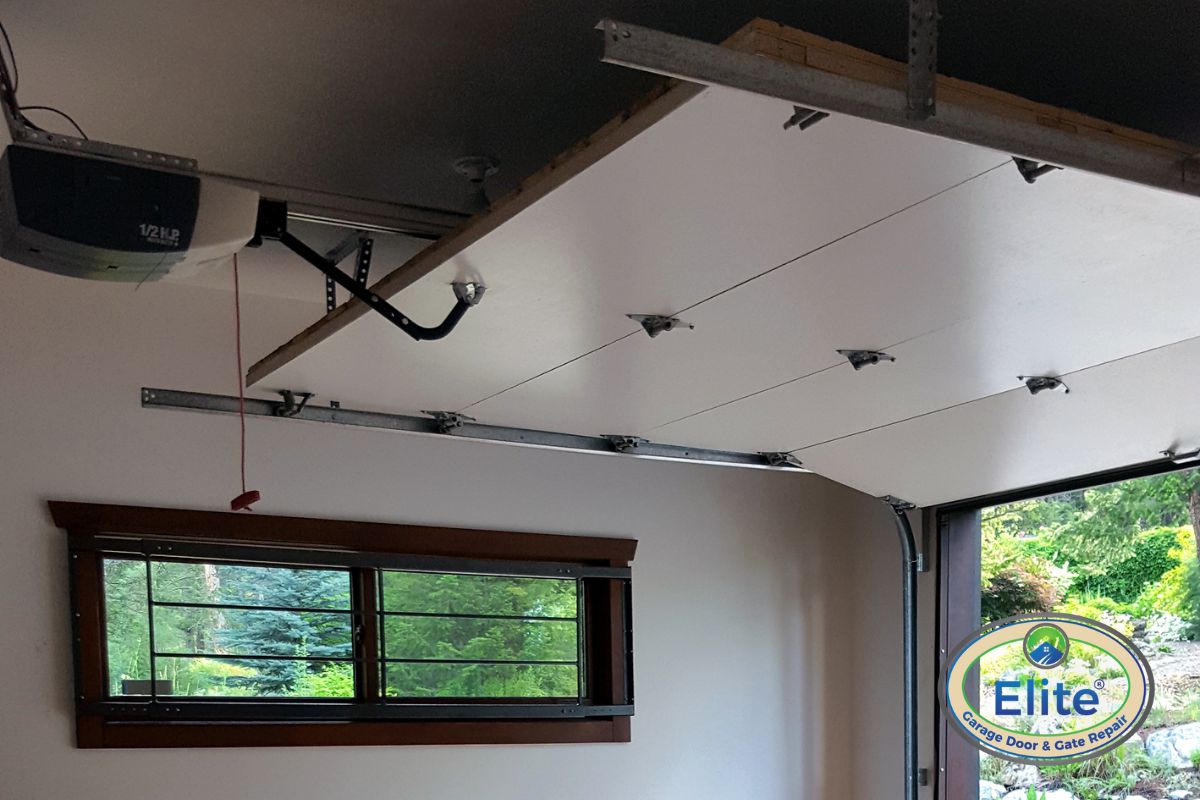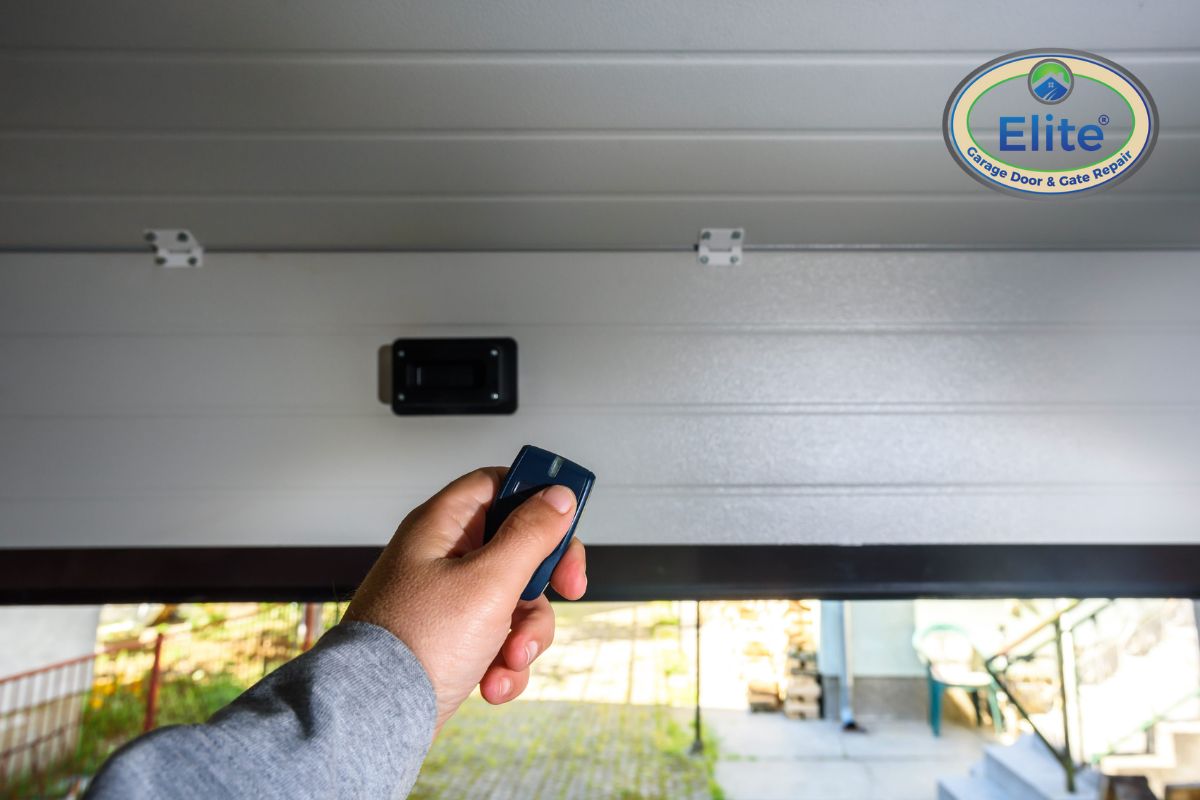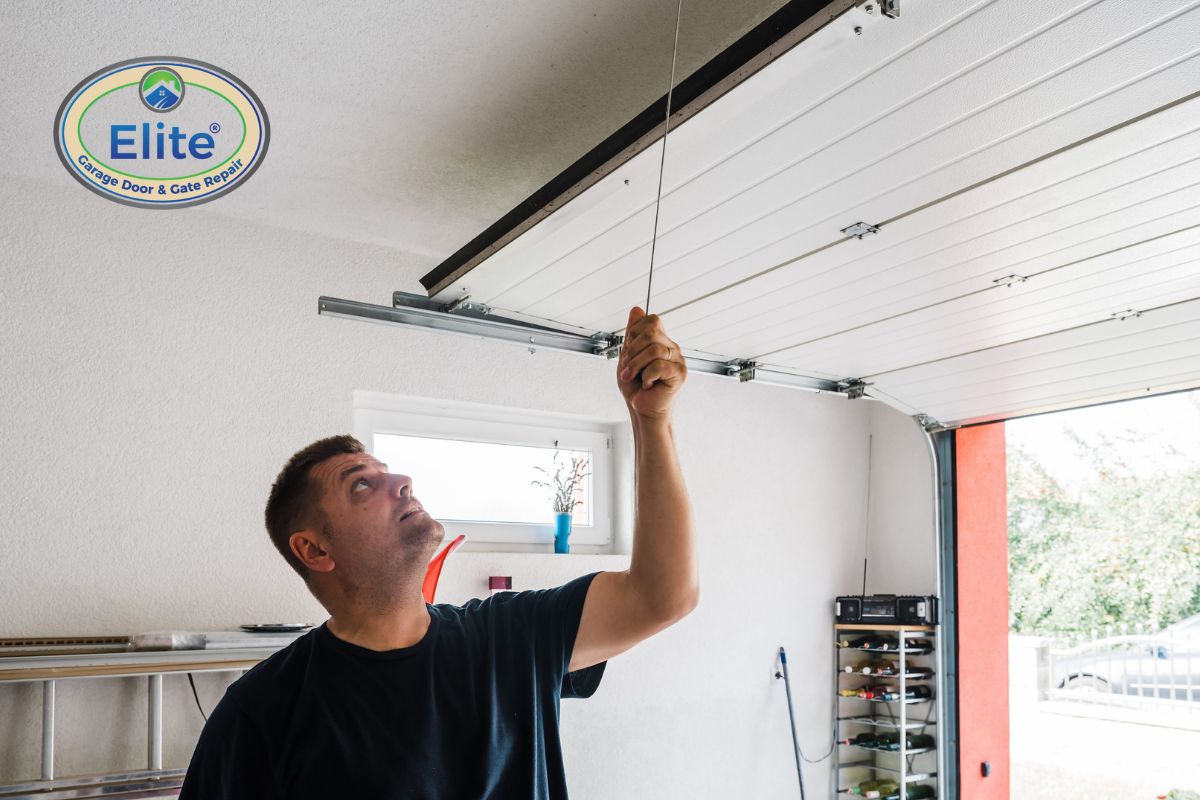You can automate your garage door by installing an automatic Garage Door Opener or an intelligent garage door controller. Automating your garage door offers convenience, security, and the ability to remotely control it, making it an appealing upgrade for many homeowners.
The automation process can vary in complexity depending on your current setup, the type of garage door you have, and the specific automation features you desire.

Automate Your Garage Door
Table of Contents
Steps to Automate Your Existing Garage Door
- Assess Your Existing Garage Door
Before automating your garage door, it’s crucial to assess its condition and compatibility with automation systems. The door should be in good working order, with balanced springs and smooth operation. A door that is difficult to open manually may have underlying issues that need to be addressed before automation. Additionally, the type of door (whether sectional, tilt-up, or roll-up) may influence the kind of opener you can install.
- Choose the Right Garage Door Opener
The first step in automating your garage door is selecting an appropriate garage door opener. There are several types of openers available, each with its own benefits:
- Chain-Drive Openers: These are among the most common and affordable options. They use a chain to lift and lower the door and are known for their reliability, although they can be noisy.
- Belt-Drive Openers: These openers use a belt instead of a chain, resulting in quieter operation. They are ideal for garages attached to living spaces where noise might be a concern.
- Screw-Drive Openers: These systems use a threaded steel rod to move the door, offering a balance between noise and power.
- Direct-Drive Openers: These are the quietest options, with the motor itself moving along the track, and are known for their durability and low maintenance.
When choosing a garage door opener, consider factors like the weight of your door, the amount of space available in the garage, and your budget. Ensure that the opener you select is compatible with your door’s size and weight.
- Install the Garage Door Opener
Once you have selected a suitable opener, the next step is installation. If you are comfortable with DIY projects and have the necessary tools, you might consider installing the opener yourself by following the manufacturer’s instructions. However, many homeowners prefer to hire a professional installer to ensure the system is set up correctly and safely. A professional installation can also help avoid potential issues that could arise from improper setup, such as misalignment or inadequate safety features.
- Add Smart Features for Enhanced Automation
If you want to enhance the automation of your garage door, consider adding smart features. Smart garage door controllers allow you to operate the door remotely using a smartphone app, integrate it with home automation systems, and receive notifications about the door’s status. Some smart systems also offer voice control via platforms like Amazon Alexa, Google Assistant, or Apple HomeKit.
You can either purchase a garage door opener that includes smart functionality or retrofit your existing system with a smart garage door controller. Retrofitting is often a cost-effective way to add smart features to an older system without replacing the entire opener. Installation usually involves connecting the smart controller to the existing opener and configuring it with your home’s Wi-Fi network.
- Consider Security and Safety Enhancements
Automating your garage door can improve security by allowing you to monitor and control access remotely. Many smart garage door systems offer additional security features, such as Rolling Code Technology that changes the access code each time the remote is used, reducing the risk of unauthorized access. Additionally, modern systems often include sensors that prevent the door from closing if an obstruction is detected, enhancing safety for pets, children, and vehicles.
When automating your garage door, ensure that all safety features are functioning correctly, especially the photo-eye sensors and auto-reverse mechanism. Regular maintenance of the door and opener will also help keep the system running smoothly and safely.

Steps to Automate Your Existing Garage Door
Benefits of Automating Your Garage Door
Automating your garage door offers numerous benefits:
- Convenience: You can open and close the door without leaving your car, which is particularly useful during inclement weather.
- Remote Access: Smart automation allows you to control the door from anywhere, making it easier to manage access for deliveries or visitors.
- Enhanced Security: Modern automation systems offer advanced security features, reducing the risk of break-ins.
- Integration with Home Automation: Automating your garage door can be part of a broader smart home system, providing greater control over your home’s security and energy use.

Benefits of Automating Your Garage Door
Conclusion
Automating your existing garage door is not only possible but also a relatively straightforward process that can greatly enhance the functionality, security, and convenience of your garage.
You can enjoy the benefits of a fully automated garage door system by selecting the right opener, considering smart features, and ensuring proper installation and maintenance.
Whether you opt for a basic automation setup or a more advanced smart system, this upgrade can add significant value to your home and simplify your daily routines.












Leave A Comment